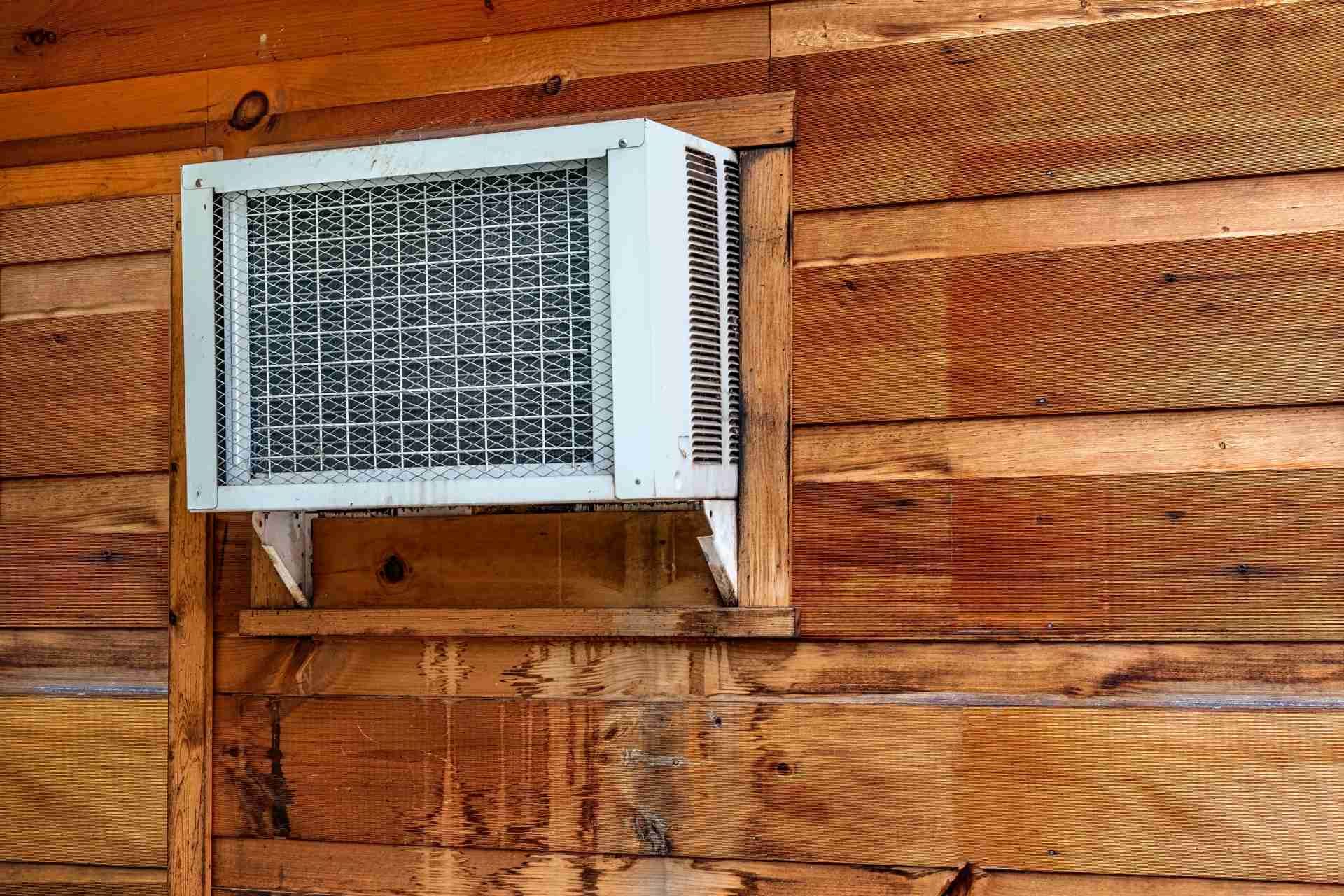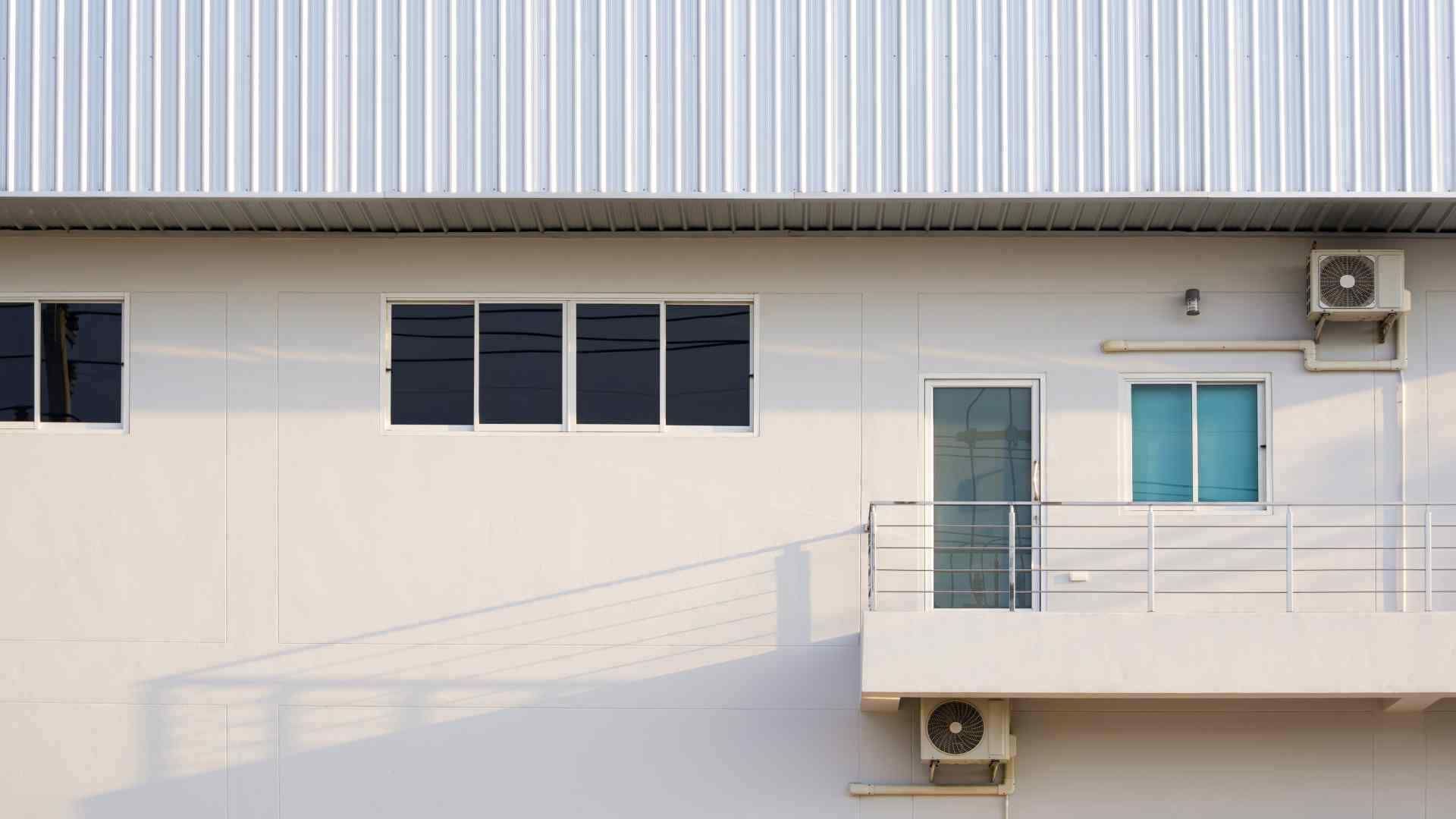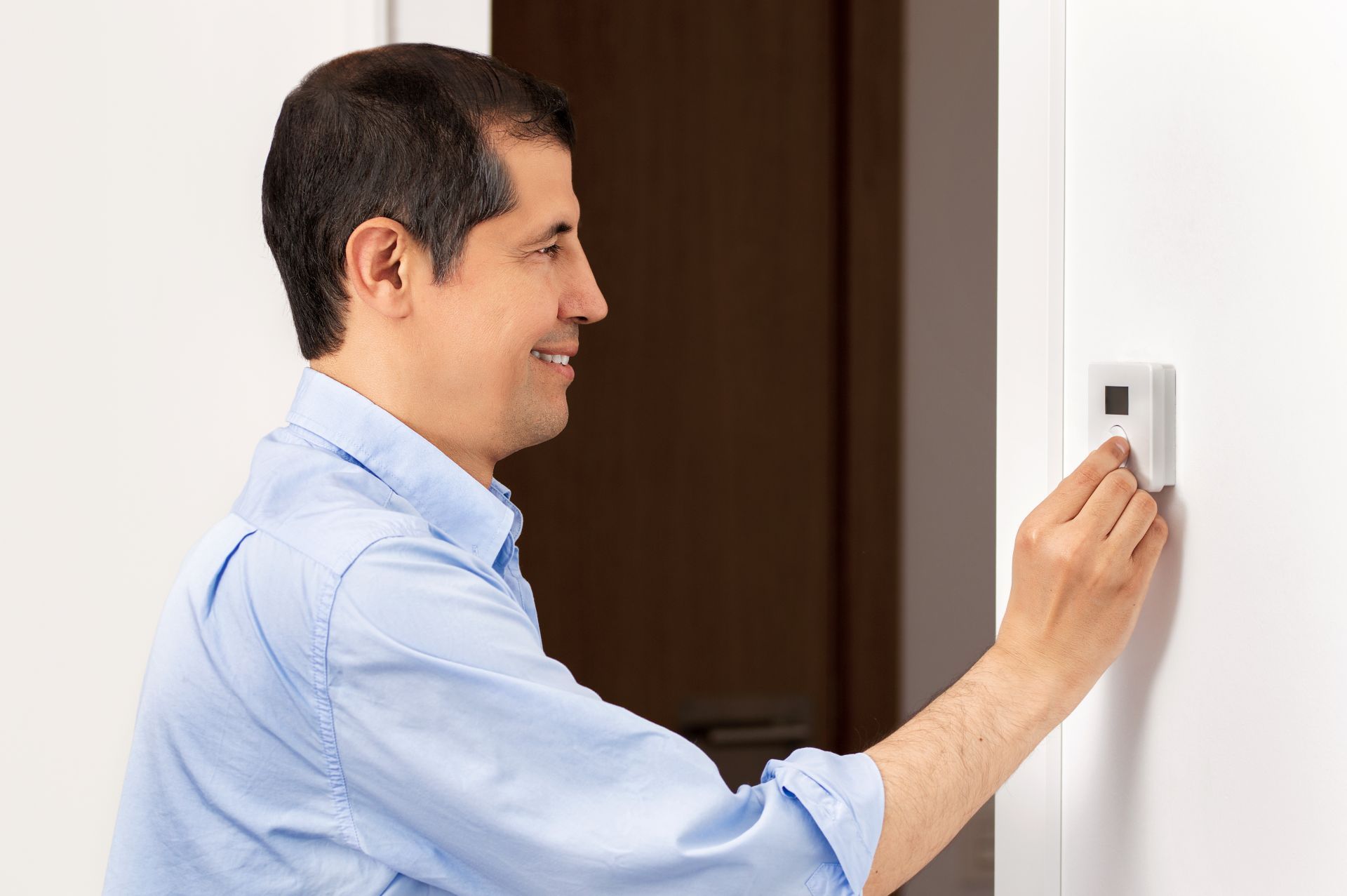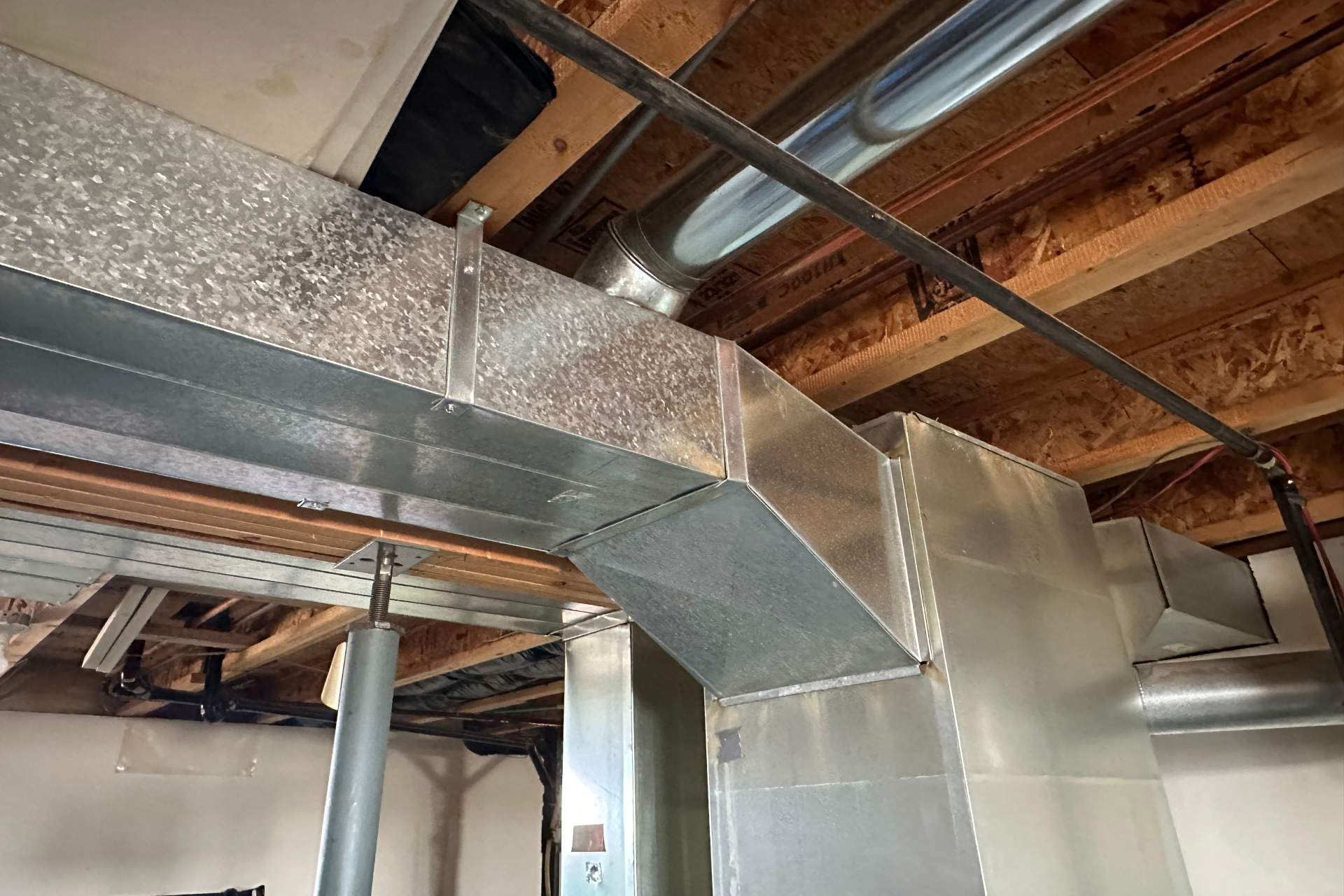How Does a Water Heater Work?
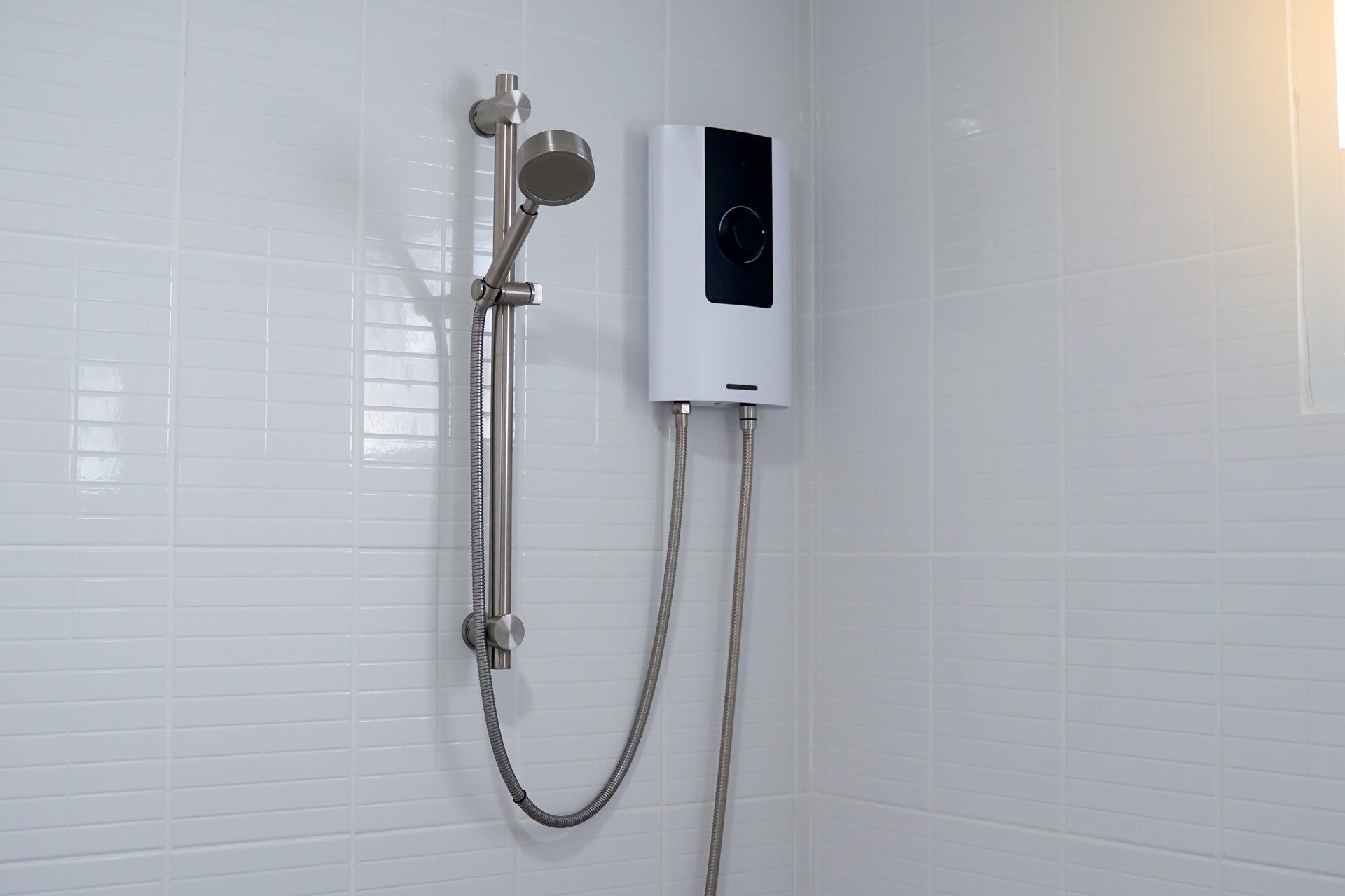
When you turn on your shower or faucet and hot water comes out, it’s easy to take that warm comfort for granted. But have you ever stopped to wonder how exactly the water heater works to provide this convenience? Whether you have a traditional hot water tank or a more modern system, water heaters are an essential part of most homes.
In this article, we’ll break down how a water heater works, its different types, and why understanding its function can help you maintain and care for it properly.
What Is a Water Heater?
A water heater is a device that heats water for various uses, including bathing, cooking, cleaning, space heating, and other heating services. The most common type of water heater is the tank-style water heater, also known as a hot water tank, but there are other types like tankless water heaters and heat pump water heaters.
The primary job of a water heater is to keep water at a temperature that is comfortable and safe for daily tasks. Understanding how water heaters function can help you avoid issues like running out of hot water or facing unexpected repair bills.
The Basics of How a Water Heater Works
The basic principle of a water heater is quite simple: it heats water and stores it until you need it. However, the process involves several components that work together to make sure the water is heated efficiently and safely.
- The Heating Element: The heating element, whether it’s an electric or gas-powered system, is the part of the water heater that heats the water. In electric water heaters, this element is a metal coil that heats up when electricity passes through it. In gas water heaters, a burner located at the bottom of the tank is ignited to produce heat.
- The Thermostat: The thermostat is a critical component that controls the temperature of the water inside the tank. It’s set to the desired temperature, usually between 120°F and 140°F (49°C to 60°C). When the water reaches this temperature, the thermostat signals the heating element to stop heating the water.
- The Tank: The hot water tank is a large, insulated container that stores heated water. As water enters the tank from the cold-water supply line, it’s heated and rises to the top of the tank. Hot water is then drawn from the top when you open the hot water faucet.
- The Cold Water Inlet: This is the pipe that brings in cold water from your home’s water supply. It enters the tank at the bottom, and the cold water gradually rises as it’s heated.
- The Dip Tube: The dip tube is a pipe that directs incoming cold water to the bottom of the tank. This ensures that the cold water is heated before it rises to the top and is used when you open the faucet.
- The Outlet Valve: The outlet valve allows hot water to leave the tank when you turn on the hot water faucet. This is usually located at the top of the tank.
- The Vent (for Gas Water Heaters): For gas-powered water heaters, there’s a vent that directs harmful gases, like carbon monoxide, out of the home. This venting is essential for safety.
- The Pressure Relief Valve: This valve is a safety feature that prevents the water heater from becoming too pressurized. If the pressure inside the tank gets too high, the valve releases water to prevent an explosion.
Types of Water Heaters
Now that you understand the basic parts of a water heater, let’s take a look at the different types of water heaters. Each type has its own unique way of heating and storing water.
1. Tank Water Heaters (Hot Water Tanks)
Tank water heaters are the most common type of water heater found in homes. They consist of a large tank that stores water and keeps it heated until you need it. These heaters are typically powered by electricity or gas.
- Gas Water Heaters: Gas water heaters use a burner located at the bottom of the tank to heat the water. They are generally more energy-efficient than electric models because gas is typically cheaper than electricity.
- Electric Water Heaters: These heaters use electrical heating elements to warm the water. They are more common in areas where natural gas isn’t readily available.
2. Tankless Water Heaters
Tankless water heaters, also known as on-demand water heaters, don’t store hot water. Instead, they heat water as it passes through the unit. When you turn on a hot water faucet, the water passes through the unit, where a gas burner or electrical element heats it up instantly.
These units are energy-efficient because they only heat water when it’s needed, and they don’t waste energy by keeping a large tank of water hot all the time. However, they may not be able to supply enough hot water for multiple fixtures at the same time, depending on the size of the unit.
3. Heat Pump Water Heaters
A heat pump water heater works by moving heat from the air or ground to heat water. These systems are more energy-efficient than traditional electric water heaters because they don’t generate heat directly.
Instead, they work by pulling heat from the surrounding air and transferring it to the water in the tank. While they can be more expensive upfront, they tend to save money over time due to their higher energy efficiency.
4. Solar Water Heaters
Solar water heaters use energy from the sun to heat water. These systems usually consist of solar panels mounted on the roof and a storage tank. The panels capture solar energy and use it to heat a fluid that is transferred to the water tank.
Solar water heaters are highly efficient and environmentally friendly, though they can be costly to install and are best suited for areas with plenty of sunshine.
Water Heater Maintenance Tips
A water heater is a reliable appliance, but like all appliances, it needs regular maintenance including checking the water heater expansion tank to keep it working properly. Here are a few tips to help extend the lifespan of your water heater:
- Flush the Tank: Sediment can build up at the bottom of the tank over time, reducing the efficiency of your water heater. Flushing the tank once a year helps remove this sediment and keeps the system working efficiently.
- Check the Temperature Setting: Make sure your thermostat is set to the correct temperature (usually 120°F or 49°C). If it’s set too high, you’re wasting energy and could risk scalding.
- Inspect the Anode Rod: The anode rod helps prevent the tank from rusting. Over time, the rod will wear out and need to be replaced. Check it annually and replace it if necessary.
- Insulate the Tank: Insulating your water heater can help prevent heat loss and improve energy efficiency.
- Check for Leaks: Regularly inspect the area around the water heater for signs of leaks. If you notice any, call a professional to inspect and repair the unit.
When to Call for Water Heater Replacement or Repair
While regular maintenance can help prevent many issues, water heaters will eventually need repairs or replacement. Some common signs that your water heater needs attention include:
- Water Temperature Fluctuates: If your hot water runs out too quickly or the temperature fluctuates, there may be an issue with the thermostat or heating element.
- Strange Noises: Rumbling or popping noises could indicate sediment buildup in the tank.
- Water Leaks: Leaks around the tank or pipes could indicate a serious issue that requires immediate attention.
- Rusty Water: If the hot water has a rusty color, it could indicate that the tank is rusting inside, which could lead to a failure.
If your water heater is older than 10-15 years and experiencing issues, it may be time for a replacement. A professional water heater replacement service can help you choose the best option for your home.
Conclusion
Understanding how a water heater works can help you better maintain your system and spot potential problems before they become major issues. Whether you have a traditional hot water tank or a modern tankless system, regular care and maintenance are key to ensuring that your water heater works efficiently and lasts for many years.
If you’re in need of water heater replacement or repair services, don't hesitate to reach out to our experts at Old School Cooling for reliable and professional assistance.
Call us today to schedule your water heater service and ensure you never run out of hot water again!
Disclaimer: The information on this website and blog is for general informational purposes only and is not professional advice. We make no guarantees of accuracy or completeness. We disclaim all liability for errors, omissions, or reliance on this content. Always consult a qualified professional for specific guidance.

